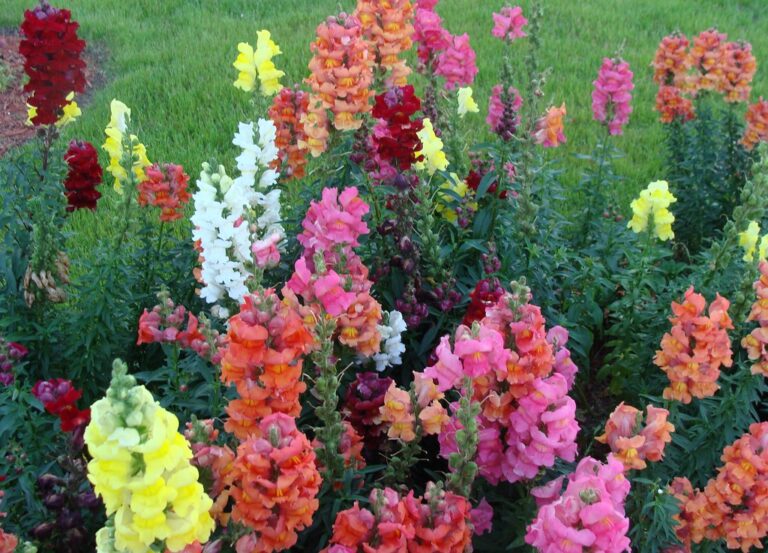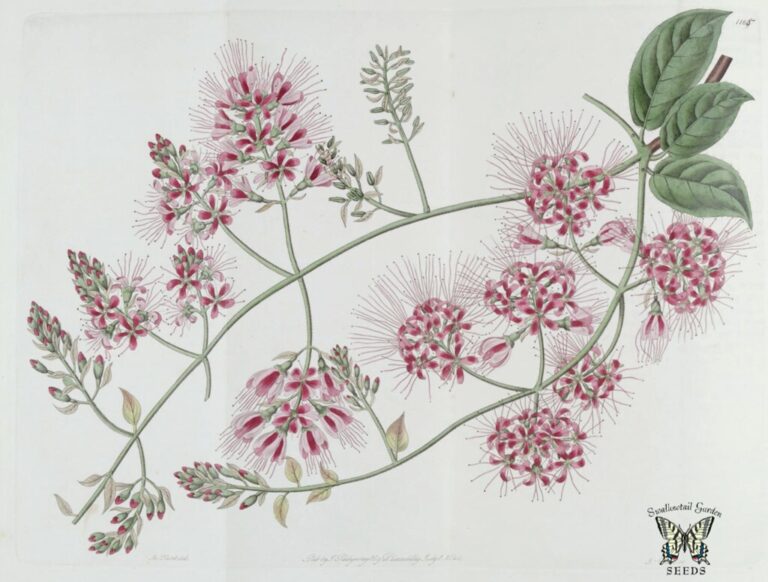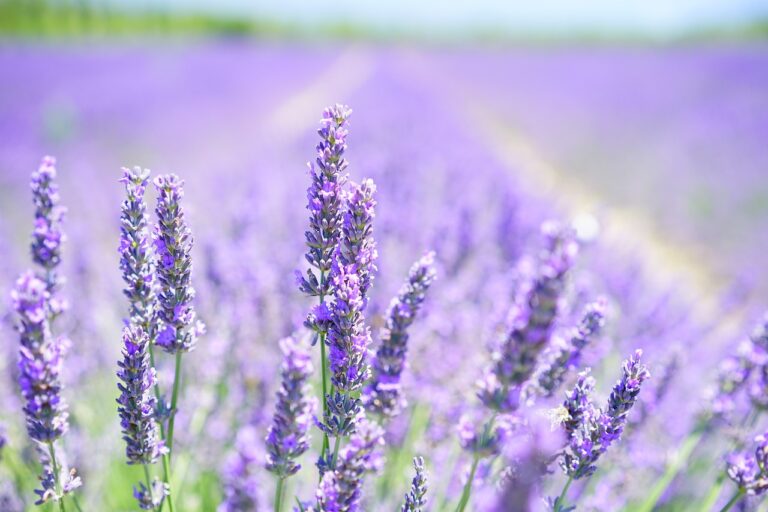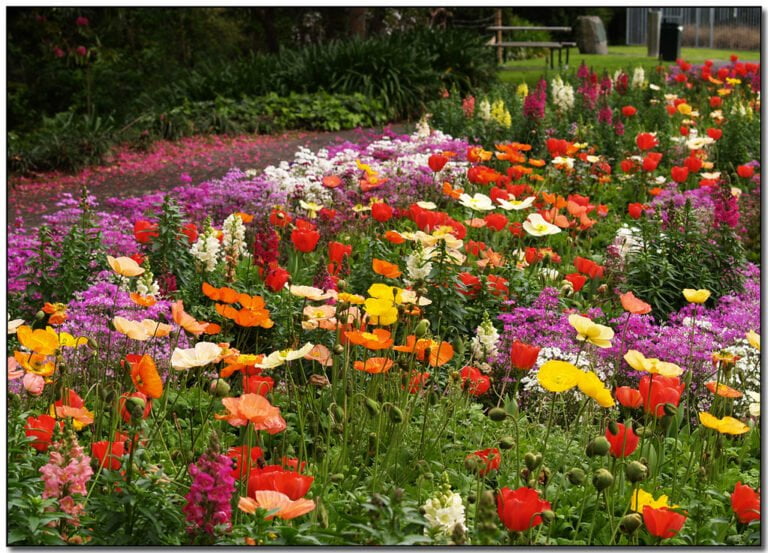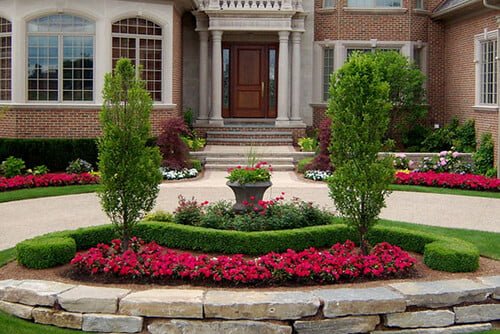Exploring the Growth of Wildflowers in Shaded Areas
Are you curious about growing wildflowers in shaded areas? Discover the secrets to cultivating beautiful blooms in those hard-to-reach spots. In this article, we'll explore the importance of shaded areas for wildflower growth and the factors that can affect their development. You'll also learn about the unique adaptations of wildflowers to shaded environments, as well as the best species to choose for your shaded garden. Get ready to create a stunning wildflower oasis in your own backyard!
Importance of Shaded Areas for Wildflowers
In shaded areas, you will find a significant number of wildflowers thriving due to the abundance of moisture and protection from excessive heat. These areas provide the perfect conditions for wildflowers to grow and flourish. The shade helps to retain moisture in the soil, keeping it consistently damp, which is essential for the growth and development of wildflowers. Additionally, the shade protects the plants from the harsh rays of the sun, preventing them from getting scorched and wilted. This allows the wildflowers to conserve energy and focus on their growth. So, if you are looking to serve others by creating a beautiful and vibrant environment, consider planting wildflowers in shaded areas. They will thrive and bring joy to all who see them.
Factors Affecting Wildflower Growth in Shade
Thriving in shaded areas, wildflowers are influenced by various factors that impact their growth and development. When it comes to wildflowers in shade, one of the key factors to consider is light availability. Shade-loving wildflowers require less direct sunlight and prefer dappled or filtered light. This means that they can still grow and bloom in areas where sunlight is limited. Another important factor is soil moisture. While wildflowers in shade can tolerate lower light levels, they still need adequate moisture to survive. Shade can affect soil moisture levels, as shaded areas tend to retain more moisture than sunny areas. It is also crucial to consider the type of shade present, as different types of shade can have varying effects on wildflower growth. For example, dense shade from buildings or trees can limit the amount of light reaching the plants, while light shade from open structures or high trees can provide just the right amount of filtered light. By understanding these factors, you can create the ideal conditions for wildflowers to thrive in shaded areas.
Adaptations of Wildflowers to Shaded Environments
To successfully grow wildflowers in shaded environments, you need to understand the adaptations these plants have developed. Wildflowers have evolved various strategies to thrive in areas with limited sunlight. One adaptation is their ability to tolerate low light levels by increasing their chlorophyll production. Chlorophyll is responsible for photosynthesis, the process by which plants convert sunlight into energy. Wildflowers also have thinner leaves that allow them to capture more light, and some species even have hairy or waxy leaves that help retain moisture and protect against excessive sun exposure. Additionally, wildflowers in shaded environments often have longer stems to reach for the sunlight, ensuring they can still perform photosynthesis effectively. By understanding these adaptations, you can better select and care for wildflowers in shaded areas, ensuring their successful growth and blooming.
Native Shaded Wildflowers: A Closer Look
Now let's delve deeper into the topic of native shaded wildflowers and examine their unique characteristics and adaptations. Native shaded wildflowers are a fascinating group of plants that have evolved to thrive in low light conditions. One of their remarkable adaptations is their ability to capture and utilize light efficiently. These flowers often have larger leaves with a larger surface area, allowing them to maximize the absorption of available light. They also have the ability to tolerate lower light levels, making them well-suited for shaded areas. Another interesting characteristic of native shaded wildflowers is their ability to attract pollinators in low light conditions. They often have brightly colored petals and produce a strong fragrance to attract insects and birds. So, if you're looking to add some color and life to your shaded garden, consider planting native shaded wildflowers. They will not only bring beauty but also provide a habitat for important pollinators.
Best Wildflower Species for Shaded Gardens
For a shaded garden, consider planting wildflower species that are well-adapted to low light conditions and provide a vibrant burst of color. There are several wildflowers that thrive in shaded areas and can add beauty to your garden. One of the best options is the Bleeding Heart. This delicate flower features heart-shaped pink or white petals that hang gracefully from arching stems. Another great choice is the Columbine, with its unique bell-shaped flowers in various shades of red, purple, and yellow. If you prefer a more exotic look, try planting the Jack-in-the-Pulpit. This wildflower has an interesting hooded shape and can add a touch of intrigue to your garden. Lastly, don't forget about the Virginia Bluebell, which displays clusters of bell-shaped blue flowers in early spring. These wildflowers are not only visually stunning but also easy to care for, making them perfect for a shaded garden.
Techniques to Enhance Wildflower Growth in Shade
Enhancing wildflower growth in shade can be achieved through effective techniques. When planting wildflowers in shaded areas, it is important to choose shade-tolerant species like columbine, bleeding heart, or impatiens. These plants can thrive with less sunlight and still produce beautiful blooms. Additionally, providing proper soil preparation is essential. Add organic matter such as compost to improve soil fertility and drainage. Mulching around the plants will help retain moisture and suppress weeds. Regular watering is crucial, especially during dry periods, to ensure the plants receive enough hydration. Fertilizing with a balanced slow-release fertilizer will provide the necessary nutrients for healthy growth. Pruning or thinning out overgrown plants will allow more sunlight to reach the remaining ones. By following these techniques, you can enhance wildflower growth in shaded areas and create a vibrant and colorful garden.
Tips for Creating a Shaded Wildflower Meadow
To create a shaded wildflower meadow, start by selecting a variety of shade-tolerant species. These plants thrive in low light conditions and will add beauty to your shaded area. Look for wildflowers like columbines, bleeding hearts, and astilbes, as they are known to do well in shaded environments. Prepare the soil by removing any weeds and adding organic matter to improve drainage and fertility. Consider planting the wildflower seeds in early spring or late fall when the temperatures are cooler. Water the newly planted seeds regularly, ensuring the soil remains moist but not waterlogged. As the wildflowers begin to grow, provide them with some protection from direct sunlight using shade cloth or strategically placed trees and shrubs. With proper care and attention, you can create a stunning shaded wildflower meadow that will bring joy to both you and nature.
Maintenance and Care for Shaded Wildflower Areas
To ensure the health and growth of your shaded wildflower area, you should regularly water and weed the plants. Watering is essential, especially in shaded areas where rainfall may be limited. Deeply water the plants to promote root development and to prevent the soil from drying out completely. Avoid overwatering, as this can lead to root rot and other diseases. Weeding is also crucial to maintain the vitality of your wildflower area. Remove any unwanted plants or weeds that may compete with the wildflowers for nutrients and sunlight. Regularly inspect the area for pests and diseases, and take appropriate measures to address any issues. By providing proper care and maintenance, you can ensure the long-term success of your shaded wildflower area.
Designing a Wildflower Garden in Shaded Spaces
To maximize the growth of wildflowers in shaded areas, it is important to carefully design your wildflower garden while considering the unique conditions and challenges posed by limited sunlight. When designing your garden, choose wildflower species that are known to thrive in shady conditions. Look for varieties like Columbine, Bleeding Heart, or Foamflower, which can tolerate low light levels. Create layers in your garden by planting taller wildflowers towards the back and shorter ones towards the front. This will help ensure that all plants receive some amount of sunlight. Additionally, consider incorporating reflective surfaces like light-colored stones or mirrors to bounce sunlight into the shaded areas. Finally, make sure to provide adequate moisture as shade can often result in damp soil. By thoughtfully designing your wildflower garden, you can create a beautiful and thriving oasis in even the shadiest of spaces.
Overcoming Challenges of Growing Wildflowers in Shade
You can overcome the challenges of growing wildflowers in shade by implementing a few strategies. One way to address the lack of sunlight is by selecting shade-tolerant wildflower species. These varieties have adapted to thrive in low light conditions and will perform better in shaded areas. Additionally, you can improve the soil quality by adding organic matter such as compost or leaf mulch. This will provide essential nutrients and help retain moisture, which is crucial for wildflowers in shade. Another strategy is to create small openings in the canopy to allow some sunlight to reach the wildflowers. This can be achieved by pruning overhanging branches or thinning out surrounding vegetation. Lastly, regular watering is essential for the survival and growth of wildflowers in shaded areas. By implementing these strategies, you can successfully grow wildflowers even in shady spaces.
Conclusion
In conclusion, exploring the growth of wildflowers in shaded areas can provide valuable insights into the importance of these environments for wildflower growth. Factors such as light availability and competition from other plants can affect the growth of wildflowers in shade. However, wildflowers have adapted to thrive in shaded environments, making them a great choice for shaded gardens. By selecting the right wildflower species, creating a shaded wildflower meadow, and providing proper maintenance and care, you can overcome the challenges of growing wildflowers in shade and design a beautiful and vibrant wildflower garden in shaded spaces.


